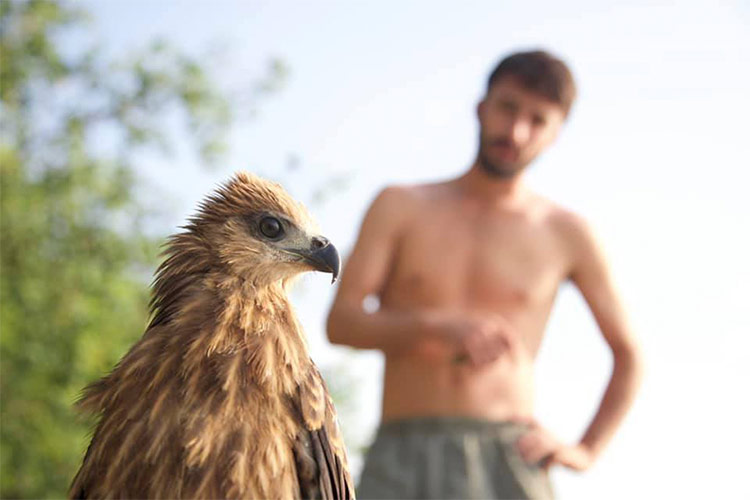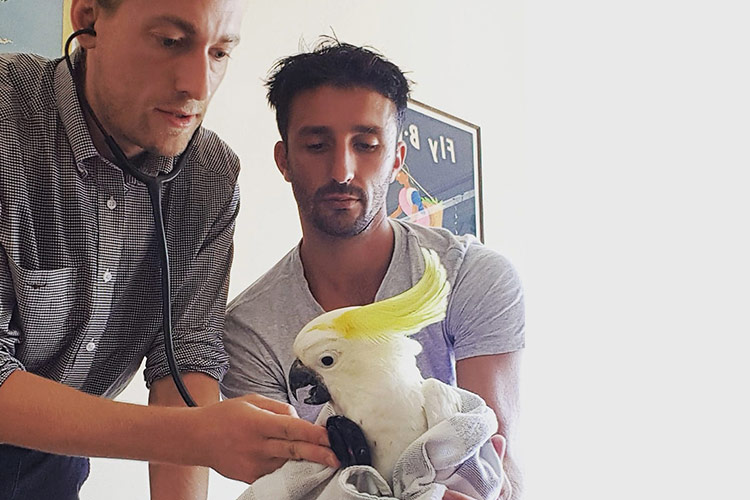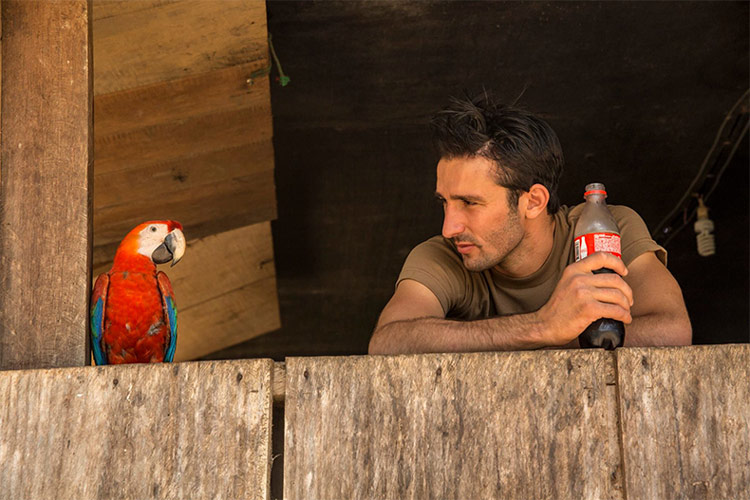Ucles answers some FAQs
Ucles answers some FAQs


1. What is your purpose, what is your message?
We’re all part of the animal kingdom. The connection between man and animal, and man and nature innately exist within us all, but as modern man I think that’s something we’ve forgotten. It’s an instinct and ability that has been suppressed or ignored through centuries of mankind striving to supposedly improve our quality of life.
I want to awaken that awareness, re-establish that connection and bring us back on nature’s wavelength. I don’t expect others to go out and do what I do but, ultimately I believe by understanding and respecting where we’ve come from, we’ll start to make better choices about where we are going.
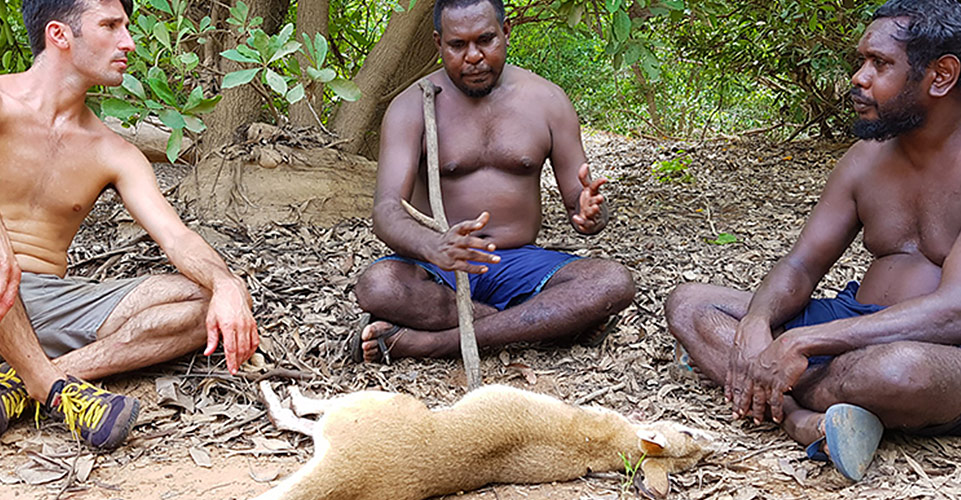
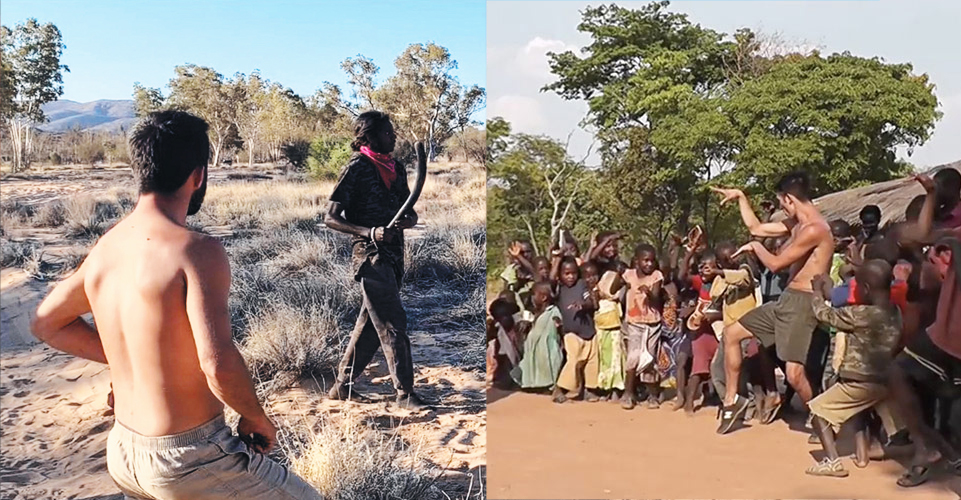
2. What are your goals?
I have many goals and ambitions in my life. I’m a great believer that it was not me who chose this dream, but the dream that chose me. Before we become comfortable with helping what is around us, we must firstly become comfortable that we are only here for a short amount of time. The law of nature, we were created from it and we will eventually return to it in death.
My goal is about preserving the very creation I have been designed from, I have many goals which support both the environment and humanity, from promoting indigenous cultures and knowledge, to protecting and educating people about wildlife species.
3. Why do you capture the animals?
I’ve been fascinated with animal’s behaviour since I was a child. I’ve spent thousands of hours just sitting and observing animals in their natural habitat, not to mention several years of academic education in environmental science and wildlife conservation. The more I learned, the more I realized that animals tell us a story about ourselves.
We are descendants of animals so our instincts are similar in many ways. As humans the need to survive, to thrive, to evolve, to adapt and to protect our loved ones is no different to that of animals. So just as our ancestors would have done, I realized if I honed my skills, I’d be able to tap into their frequency, to assimilate and see the world through their eyes. And then by bringing the animal to the camera, I’m able to tell that story in a way that no one ever has.
It’s not always about physically catching the animal, there is a huge amount of insight that comes from observing the animal in its natural habitat and getting up close. I have the greatest respect for people like David Attenborough and Steve Irwin, but I’m different to them. I don’t expect others to start doing what I do but if the physical act of bringing an animal to the camera, by hand, using animal behavior techniques and primitive survival skills, can prove man and animals connection still exists then I have achieved my goal. I also highly value education through entertainment and humour.
I know I’m dealing with a serious subject and I never underestimate its importance, but at the same time I don’t like to take myself too seriously! I think people are far more likely to take away something from my shows, or YouTube clips if they have been entertained in the process.
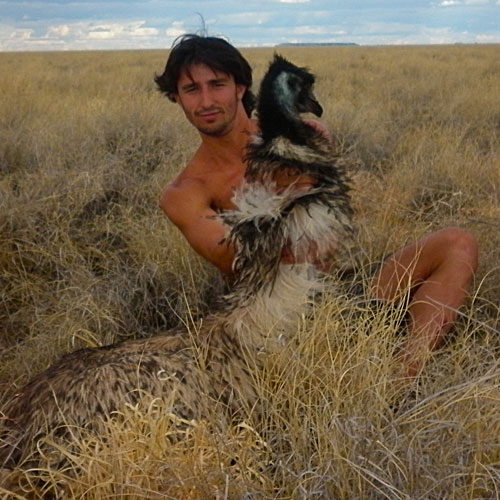
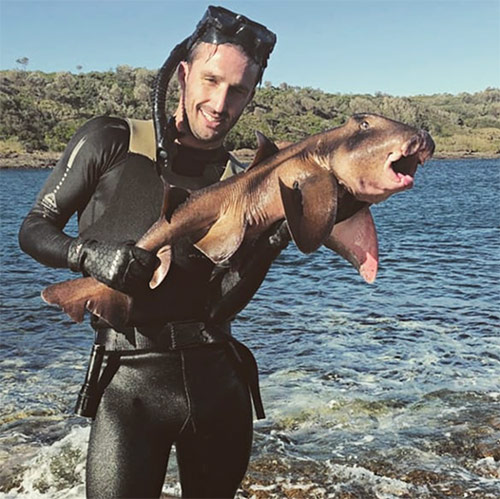
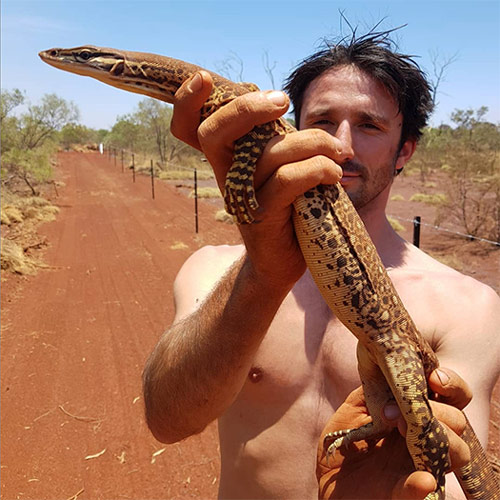
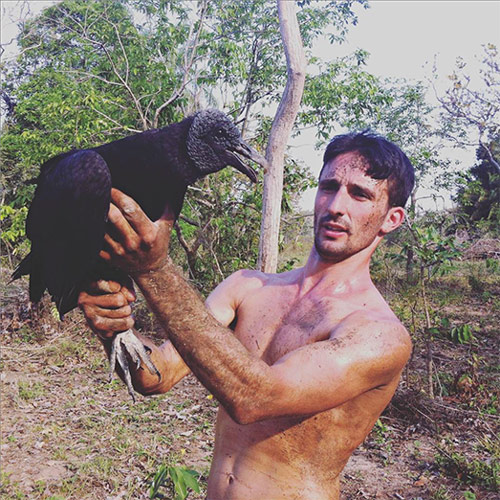
5. Have you caught any diseases from the wild?
I have had my fair share of illnesses and exotic diseases over the years some of which I have labelled below with how I contracted them.
Psittacosis; Psittacosis is an infectious disease caused by the bacterium, Chlamydophila psittaci, that is transmitted from birds to humans.
Having kept cockatoos as pets when I was a child, I spent much time in the aviary learning their behaviour. I contracted Psittacosis by passively inhaling airborne bacteria from bird secretions and feces from within the aviary. I underwent a two week antibiotic treatment and made a full recovery.
Mycobacterium Marinum; Mycobacterium marinum is an atypical Mycobacterium species found in cold or warm, fresh or salted water. M marinum infection occurs following skin and soft-tissue injuries that are exposed to an aquatic environment or marine animals.
Whilst learning to spear cat fish in the Northern Territory of Australia, I was unlucky enough to cut my hand on a sharp rock under the waters surface of a stagnant billabong. Having had thousands of cuts in dirty water, I was obviously not concerned. However as the weeks progressed a lump formed on my hand which then begun to grow progressively, In total I underwent 6 months of different antibiotic treatment to rid my body of the disease. It took a further three months for my body to recover from the course of antibiotics.
Typhoid; is a life-threatening illness caused by the bacterium Salmonella Typhi.
Whilst filming in Thailand, I had spent much time in dirty waterways searching for water monitors on the edges of rural suburbia. With human waste and effluent being poured into the waterways, it was only a matter of time before this bio-hazard would finally enter my body. I was admitted to a rural hospital after displaying symptoms of high fever (43 degrees body temperature), I was treated with ice packs and placed in a bath to lower my body temperature.
With on a onslaught of symptoms; diarrhea, insomnia, convulsions and weakness I thought my time was up.
Leptospirosis; Leptospirosis is a bacterial disease that affects humans and animals. It is caused by bacteria of the genus Leptospira.
The disease that almost killed me. After returning to Darwin from Vietnam, I had been programmed for filming in the Top End of the Northern Territory in Australia. Having spent several days filming on location, I had started to notice that something wasn’t quite right with my body. I became lethargic, disorientated feverish and overall a sense that my body was starting to shut down. I was rushed to Katherine hospital where I spent 10 days undergoing different antibiotic treatments to cure the disease. I was placed in a high quarantine unit, and was assessed by the CDC for a possible rabies contraction.
I believe I had contracted Leptospirosis in a cave in Northern Vietnam which was heavily populated with bats.
Schistosomiasis; also known as bilharzia or “snail fever”, is a parasitic disease carried by fresh water snails infected with one of the five varieties of the parasite Schistosoma.
Having spent some time in rural Africa, I was undertaking a journey along a river system, having no supplies to boil or disinfect the water I was left with the only option to drink water through my shirt acting as a filter for bacteria. Unfortunately this was not a 100% guarantee and the end result was that I had contracted Schistosomiasis. On returning home to Australia I underwent some blood and urine tests a general standard protocol I abide by, the results were positive for the bacterium and I underwent antibiotic treatment for my recovery.
Heat Stroke; is the most serious form of heat injury and is considered a medical emergency. Heat stroke results from prolonged exposure to high temperatures usually in combination with dehydration which leads to failure of the body’s temperature control system.
I had joined a hunting group of men in sub-Saharan Africa, we were on the search for honey badgers and we had picked the hottest day of the week to embark on the mission. Having walked in excess of 50km throughout the entire day in temperatures exceeding 40 degrees celsius, I had become unconscious whilst making my way back to the village. In a mad panic the villagers carried me to the water to begin cooling my body off. With high temperatures and no sweat to cool me down for 48hrs I was also becoming delirious and showcasing typical signs of heat stroke, vomiting, diarrhea, high temperature, body cramps and confusion. It took five days to make a full recovery.
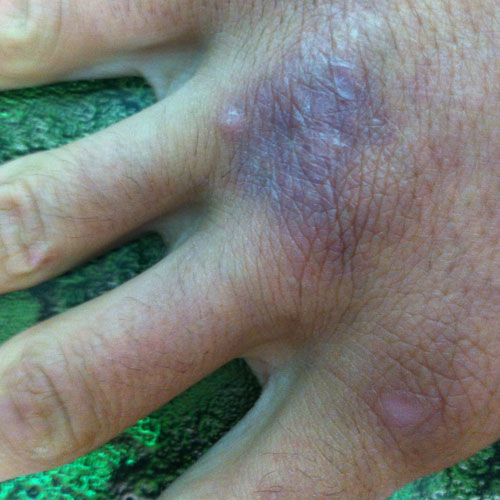
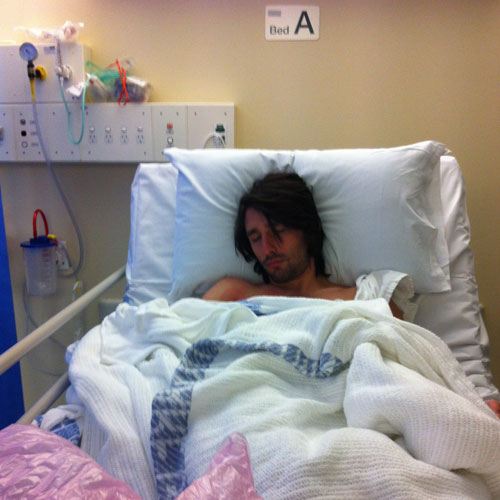
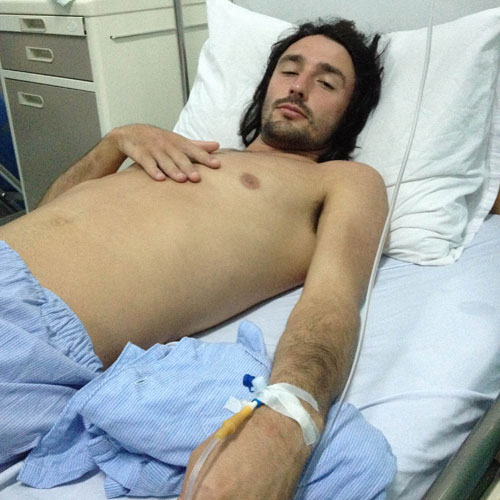
6. What Injuries have you sustained over the years?
The most common injury I have sustained over the years is ankle sprains, I have sprained my right ankle twice both times I was in hot pursuit of an animal through the bush, running in long grass, or on uneven ground with hidden rocks and logs is a sure way to break a ligament or a bone.
I guess my most famous injury was a fractured vertebrae (T11 & T12 Compression fracture of the spine). I was chasing a Kangaroo at night time along an escarpment outcrop, losing my footing I fell several meters and landed on my feet, but unfortunately the impact and pressure behind the fall caused my vertebrae to fracture under compression. I didn’t catch the Kangaroo.
When I was 13 year’s old I was bitten on the hand by a Red bellied black snake whilst attempting to capture it. This resulted in a 48hr stay in the Intensive Care Unit (ICU) at Wollongong hospital. Luckily I hadn’t reacted to the small amount of venom he had released in my body and I wasn’t given anti-venom.
This was a painful experience which resulted in surgery. Whilst running through the bush, I had attempted to jump over a pine tree, not quite making the distance I accidentally kicked the protruding needle which then entered under my middle toe nail, causing excruciating pain, after 20 minutes in the surgery room it was finally removed, the spike had completely ran the length of my toe, not good.
7. Would you consider yourself a hunter?
In society many people are often placed into boxes which define their motive. I would like to think of myself as a conservationist, survivalist, naturalist and realist.
Does this incorporate an aspect of hunting? Sure it does – my style and approach is on a level playing field, I don’t use guns, bows or other mechanical weaponry, I use my hands and my head, I would consider myself a hunter-gatherer just like our ancestors.
8. What has been the hardest animal to catch?
Whilst spending time in Kenya, I was invited to a wildlife sanctuary it was here that I took part in the relocation of a Southern Crested Porcupine, the largest species of the Porcupines.
This particular large male, was the most calculated, fearless and intelligent of all the specimens, what would seem to be an easily handling job, took over 1 hour. Between myself and five other trained zoo keepers we managed to wrangle the Porcupine into his new enclosure. At first I had heard all the mythical stories about the species being able to shoot their quills over short distances, luckily this was not true. With all of us being prepared we were certain no injury would come from our encounter.
Well what followed next is an event that I would never forget. All of us obtained deep wounds from the penetration of the quills, I received a quill into my right wrist which required it to be removed by pliers. Even with all the protective clothing and equipment (Ropes, Nets, lassos, hessian sacks etc.) he proved to be the hardest animal to wrangle to date. I can now understand why this animal is avoided at all costs in the wild.
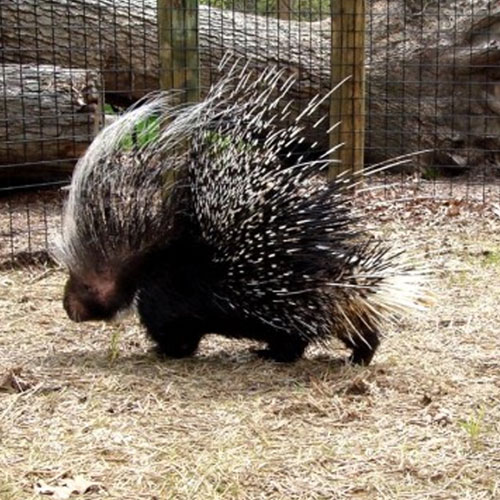
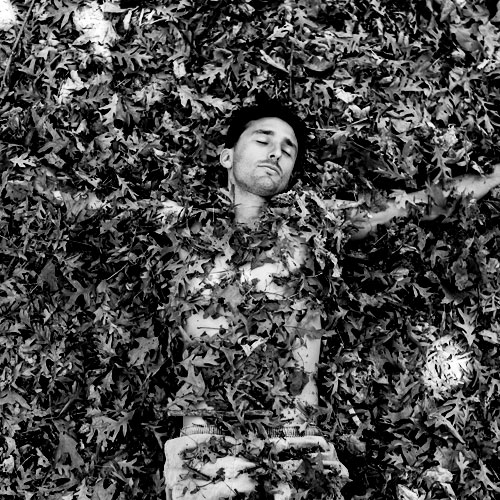
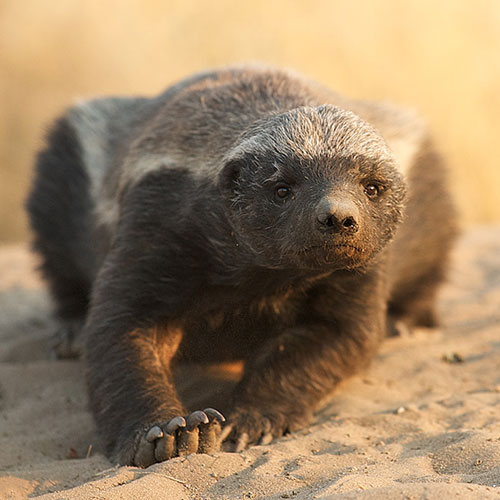
Honey Badger
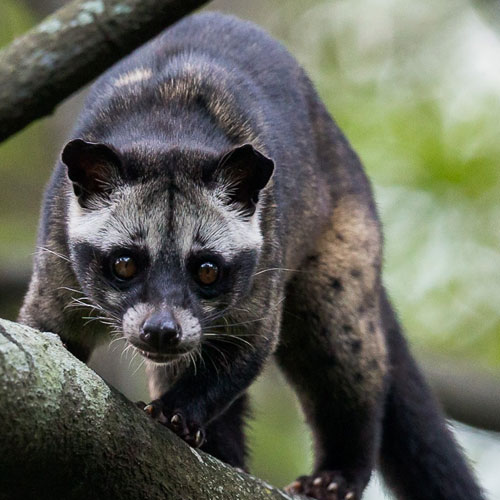
Asian Palm Civet
9. What is your favourite animal?
This is a tricky one, there are so many. I guess more broadly the Mustlidae family including the otters, polecats, weasels, wolverines and badgers. Personally my most favorite species is the Honey Badger. I had spent several weeks in Africa trying to find one, I had also spent several hours trying to dig one out of a burrow which ended in the badger digging faster than me.
Whilst spending time in Zambia, I was based in a remote town for several weeks. Word had gotten around town that this Australian was in search for a Honey Badger, this resulted in the entire township helping me to try and locate one these mysterious animals. It felt after some time I was always one step behind, with villagers rushing to find me on several occasions as they had spotted one out in the scrub, I had always gotten there too late, they are natures Houdini.
Ultimately I will cross paths with a Honey Badger in the future, perhaps when I return to the Kalahari, he is the ultimate challenge a match I can’t wait to experience.
10. What has been your worst bite?
I have been bitten by a number of animals over the years from; goanna’s, venomous snakes, possums, wild pigs, foxes and even small crocodiles. Essentially my biggest concern with any animal bite is the infection that follows. Now with all these wild bites, there is only one which has developed into a painful infection.
Now this is going to surprise everyone, it’s not the worst but relate-able. I’ve been bitten by many animals over the years, but generally it’s just a wound that heals.
One which required medical attention was actually from my pet dog. I had knelt down next to him whilst he was eating out of the dog bowl, wanting to get a selfie with my pooch over his dinner plate, I leaned in nice and close and GRAWWWWL – he bit me on the side of the face.
Don’t forget that domestic animals still have hard wired instincts, such as food possession and territoriality. Don’t be surprised everyone, domestic dog bites actually account for the largest record of animal bites in the US alone, around 1000 dog bites requiring medical attention happen every day.
11. Who is your mentor?
This may seem a bit odd to most people, but those that know me well don’t even have to guess. It’s Michael Jackson.
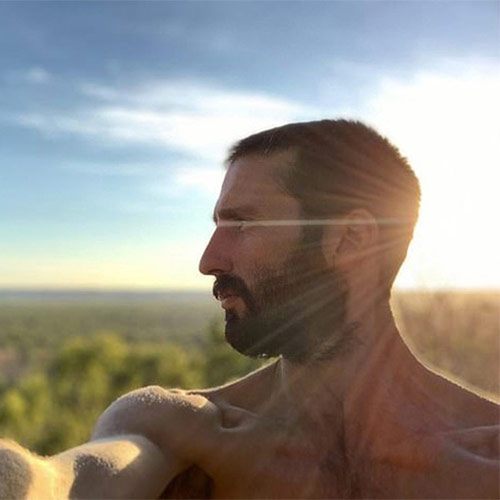

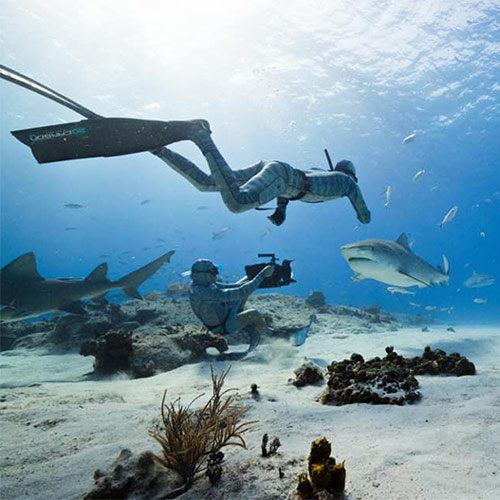
12. How long does it take to make one of your documentaries?
A one hour documentary will take me anywhere between 8 to 12 weeks. This is with no crew, just me and the camera. Most Television shows with hosts whether it be Discovery, Animal Planet, National Geographic etc. which film similar footage content will generally program 5 to 8 days of filming to acquire a 45-50 minute product.
These shows are scripted and the animals are generally staged, not always but most of the time, taking the option to film live captures with a production crew comes at a huge risk, both time management and financial implications soon flag.
13. How do you prepare for a mission?
Preparing for a mission can take several weeks and sometimes even longer. There are two components physical and objective preparation.
The physical aspect involves a lot of cardio work, making sure my speed and endurance is at its best. I may also focus on particular muscle groups depending on what may be required on the endeavor, E.g. Quads and Back when carrying heavy back packs.
The objective preparation is pretty much everything else;
• Detailed information on the area (Topographical Maps)
• Emergency Plan (Evacuation area, Hospitals)
• Medical Preparedness (First Aid Kit, Vaccines, Disease awareness)
• Equipment Check (GPS Devices, Satellite Phone)
• Research (Wildlife & Plant species)
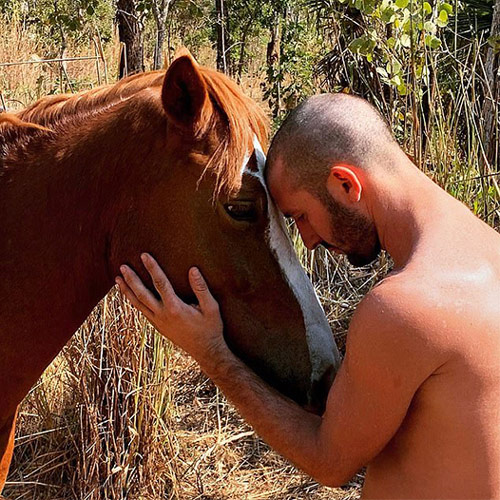
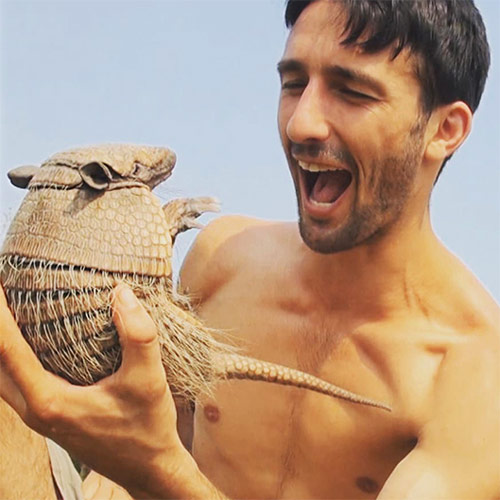

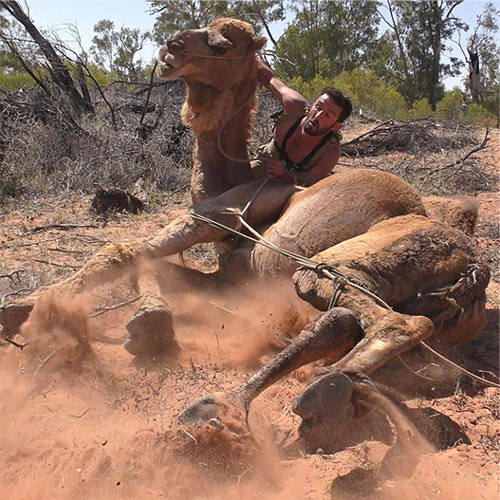
14. What does your family think of all this?
Overall my family has been very supportive. However they are always concerned for my well being. From a very young age my risk taking activities often caused a lot of stress in the family, as time has passed I guess my family has become quiet tolerant to my undertakings.
My cousin Alan actually helps a lot in my filming, this often tests our patience with each other at times, but in the end it’s always fun and enjoyable being out there in the bush together. We have both had some close calls, and his mother is also concerned every time he ventures out with me, I find this absolutely hilarious at times. My father Russell is an Engineer who specializes in the field of project risk management, we may be seen as polar opposites in many people eye’s, but my experiences in the field has adopted a similar risk assessment strategy which he might use when assessing a risky situation. My mother Helen gives me all the love and moral support, but worries every time I set off on an endeavor. My sister Diana is a NSW Police Officer, she keeps me in line and is a force not to be reckoned with.
15. What sports do you participate in?
Throughout my youth and teenage years there were two sports which I actively participated in both soccer and long distance running.
Running has become not just a element of my fitness component but also an activity which I can reflect and think about life.
I enjoy running distances between 5 & 10 km this is the distance which my body excels most. I regularly do sprints as well both 50 and 100m, I believe the 800m race to be the hardest race to run.
I’m inspired by athletes with one man in particular David Rudisha (800m WR holder), I was passing through his home town in Kenya and heard the amazing stories of this man, a true inspiration.
16. Do you want a TV career?
Yes & No. It is not my ultimate goal, so far on my own accord I have been able to inspire 10s of thousands of people and entertained millions with my own digital creation. The next 12 months will be a dedicated focus to breathe life into my YouTube Channel, with content being uploaded from all over the world, from North America, South America, Australia and Asia.
All networks adapt and evolve depending on the social climate, some prefer dramatization, sensationalism and exploitation to drive the brand, others are conservative, genuine and authentic. My concern with working with a network would be that my character and personality be transformed into an image they want to represent, generally speaking a celluloid puppet.
Choosing the right network to build your platform from is about being transparent with your career objectives, and identifying which network atmosphere best suits your visual concept.
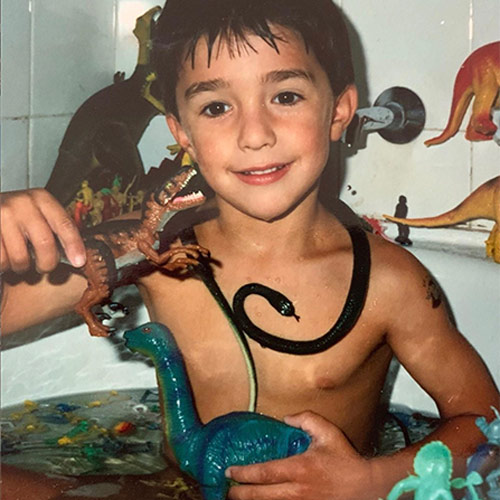
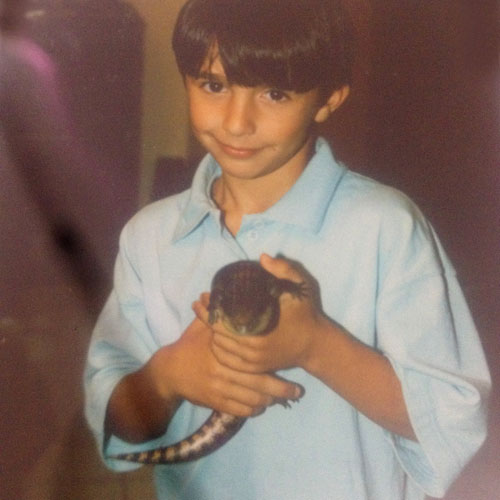
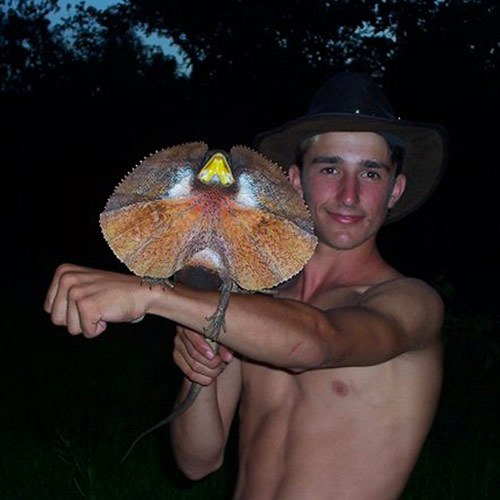
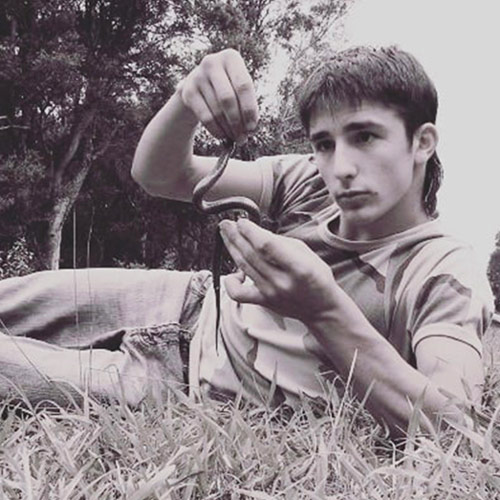
17. How did this all start?
From a very young age I was very curious about wildlife, living in a suburban area I was lucky to have my backyard back on to hectares of bush-land. I spent most of my younger years catching lizards and snakes, and soon start diversifying my skill set to catching other species from birds to small mammals.
By the age of 18 there were not many animals which I hadn’t perfected a strategy around capturing, I would do trips across Australia with a bucket list of what animals I wanted to interact and learn from, this eventually would turn into a career of exploring all continents on earth, bringing wildlife to the camera and fulfilling my primal urge.
18. What is your greatest fear?
I don’t like fast moving hairy spiders, honestly they are terrifying.
19. What is your scariest moment?
I was scratched by an Asian Palm Civet in Vietnam, and several weeks later I had become extremely ill. I had been given a pre-exposure rabies vaccine, but hadn’t followed up on a booster shot, which is required. I was placed in a quarantine section of the hospital and was later met with a Dr from the Center of Disease Control (CDC) in Darwin, she hinted that the blood work was confusing and it may be indicative of the onset of rabies.
Knowing that there is no cure for rabies, I was preparing myself for a terrifying death. Some days had passed and some advancements had been made on my blood results which were negative for rabies, but positive for Leptospirosis another potentially fatal disease, I was treated in hospital and made a full recovery.
20. What is your biggest regret?
I have learned a pretty serious lesson in life, if you choose to live your life chasing your dreams, you might be so caught up in the pursuit that you forget to live life itself.
Having a vision is a necessary component of achieving each objective or goal whether it be short term or long term based, the problem about a vision is it often creates a vivid image or process in your mind that may be unrealistic and or difficult to express, pursue or convince someone of, this will ultimately affect your personal life if the dream is all you live for…
